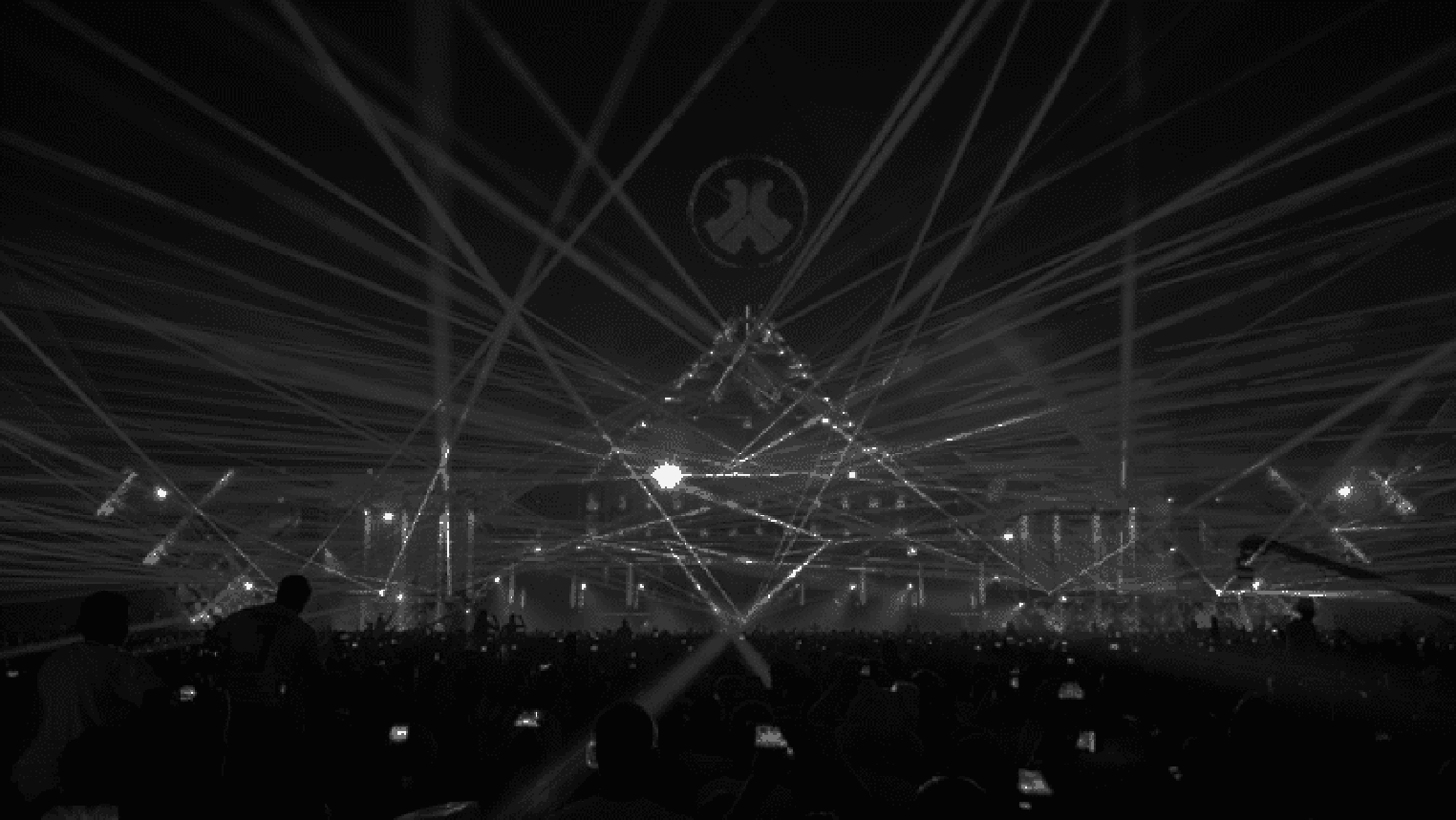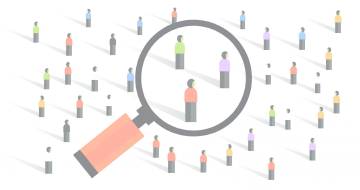Lasering in on Experiential Marketing ROI

Lasering in on Experiential Marketing ROI
Establishing the true value of Experiential Marketing activity has generated plenty of head scratching over the years. But now there’s ground-breaking location-based technology which shines a light with laser-like accuracy into what has previously been a something of a black hole.
First, let’s go back in time.
Before about 2007 it was simple. Contentious, but simple.
Take the cost of putting on an event, collecting some leads, plus the cost of outbound sales to follow up afterward. There you have it: sales achieved minus the cost of event marketing and outbound sales = Return.
Why contentious? Well, just which bit of the entire marketing mix might rightfully have claimed that they were the real reason the prospect became a customer? Perhaps brand advertising independent of the event. Or that feisty sales team who always claim success, anyway.
The significance of “about 2007”? Well, a few things happened around then. The iPhone for starters. Facebook, Twitter, Apache Hadoop. Google with Android and YouTube. To quote Thomas Friedman: “A Supernova Inflection Point”.
Two years earlier the Wall Street Journal claimed the face of marketing had changed forever when Proctor and Gamble coined the FMOT (The First Moment of Truth). That magic seven seconds when you stand in front of the brands displayed on the store shelf and choose. Yes, it takes just seven seconds, apparently: That One!
Then there’s the Second Moment (product usage) and Third Moment (advocacy). But by 2011, Google had coined the Zero Moment of Truth (ZMOT) thanks to its search engine global domination. The internet had changed how we decide what to buy – before we even get to FMOT.
Of course, it was more than SEO and more than Google. Throw in Facebook, Instagram, Snapchat, Twitter and others into the mix, for starters.
But as we well know, word of mouth is a key element in the mix. Delighted by the experience of using a product we tell a few friends. The power of verbal recommendation.
In 2013 we reached the concept of the Ultimate Moment, a term coined by Brian Solis at Altimeter Group. How consumers’ first impressions of a brand often come from fellow consumers sharing their experiences.
Solis recommends brands pay more attention than ever to customer experience, journeys and the relationships they nurture. He purports there is an “Art of Engagement” directed at Actions, Reactions, and Transactions. It locks in an interaction or exchange, which is measurable.
So, while most marketers might focus on “likes” or “shares”, they should instead concentrate on invoked emotions. As Solis says: “If you love something, you share it. This isn’t just about impressions; this is about expressions.”
So, shared experiences are now understood to be a critical factor for brand success. Humans are naturally social animals. We like being in a crowd, connected. This moment, in this place. Carefully curated experiences evoke our emotions. Our emotions are expressed before, during and after the event.
Fast forward to 2017 and Accenture/Fjord introduced us to their Brand Love Index. We buy the brands we and others love. Brands which are fun, relevant, engaging, social and helpful. Technology has delivered a cultural shift that has raised our expectations for best-in-class experiences. Personalisation and purpose are key to attracting customers and earning their loyalty.
Today, more than ever, brands strive to be associated with magical experiences which amaze and delight. Experiences that can be shared with like minds. When we are there, they are there. That place. There has never been a more important time for Experiential Marketing.
And just as Experiential is being elevated in the mix, there are now new techniques to shine a light into that ROI black hole. Digitising the physical through measurement. Specifically, using location data – even more precisely mapping movement.
How have we reached the location where we are now? Who accompanied us on our journey? What we do when we get there? How we interact – with whom and with what? How does this compare with the journeys we have taken previously? What this may mean for the journeys we take in the future?
Location intelligence is the key for marketers and their brands. Indeed for any organisation with an interest in how people behave individually and when they aggregate into crowds.
Surfacing metrics from the billions of data points means an event can be evaluated in whole new ways. By mapping movement, you light up the black hole of Experiential Marketing ROI.
With laser-like precision.


